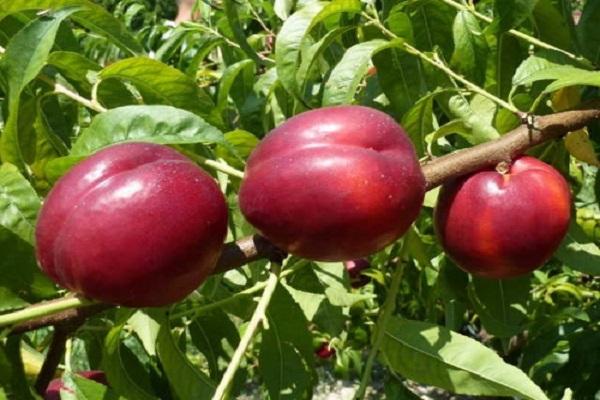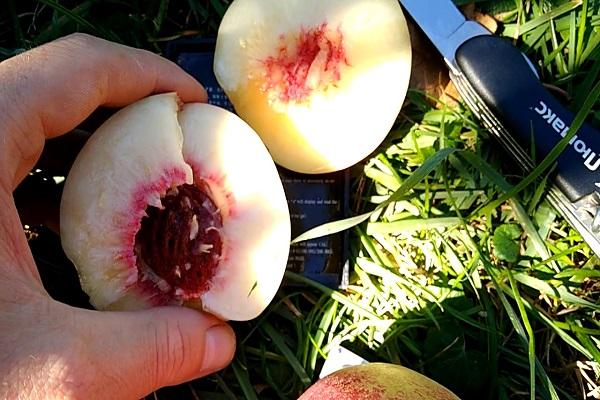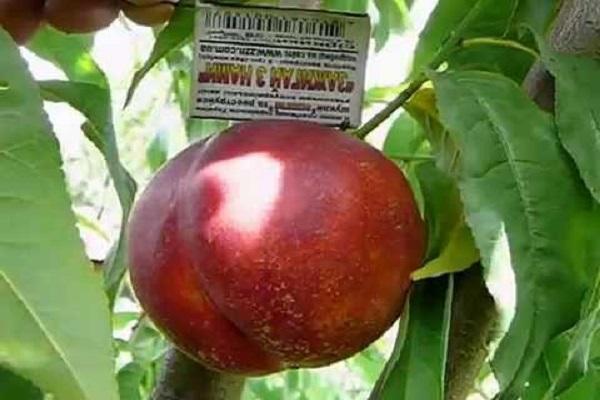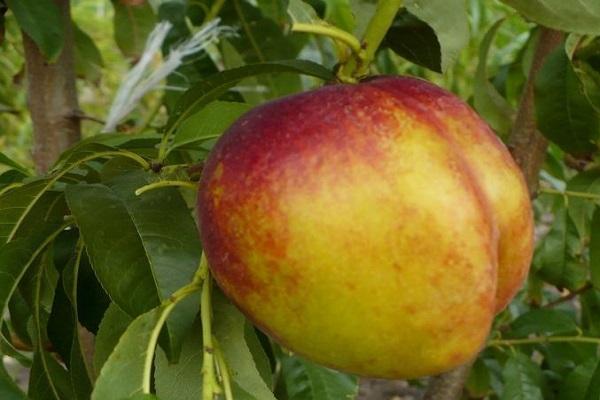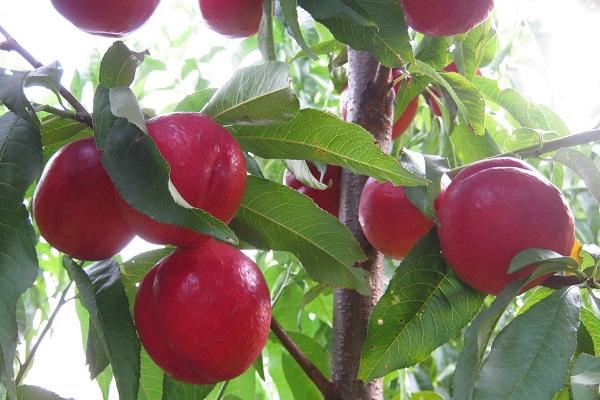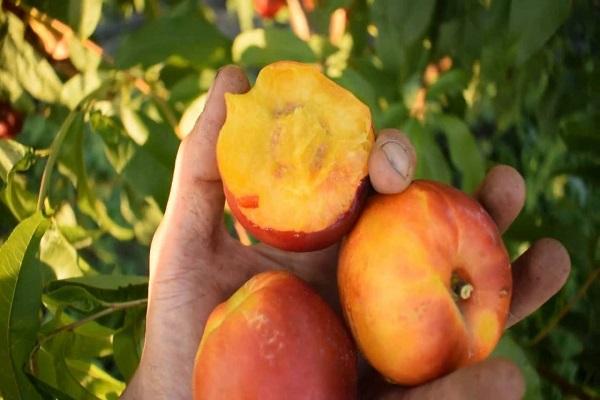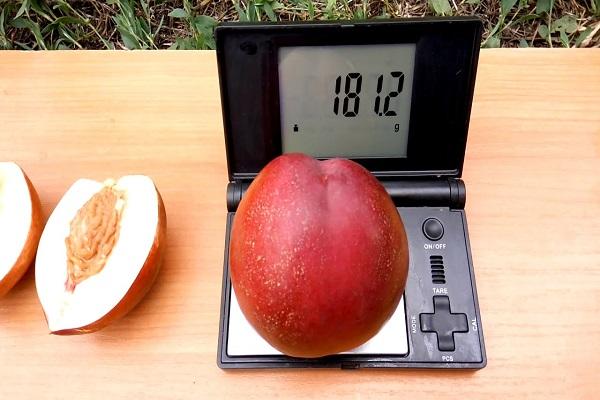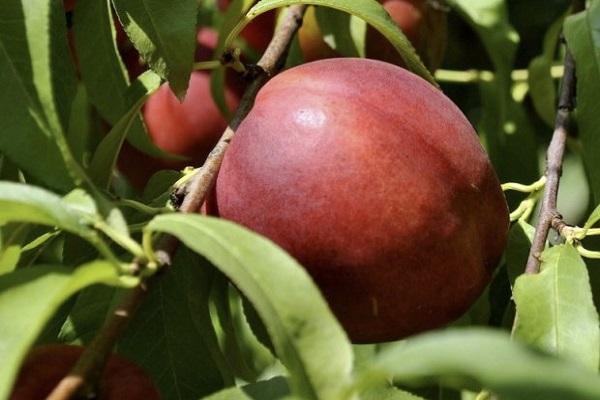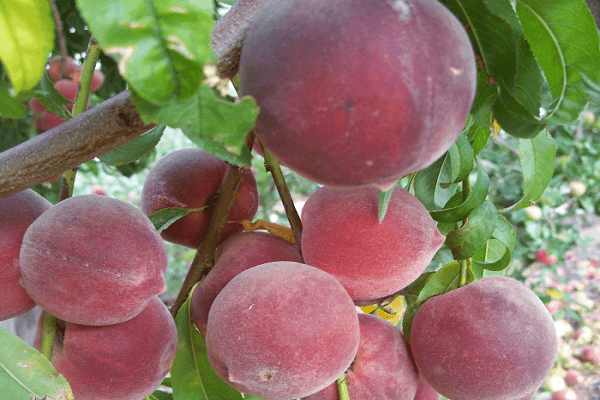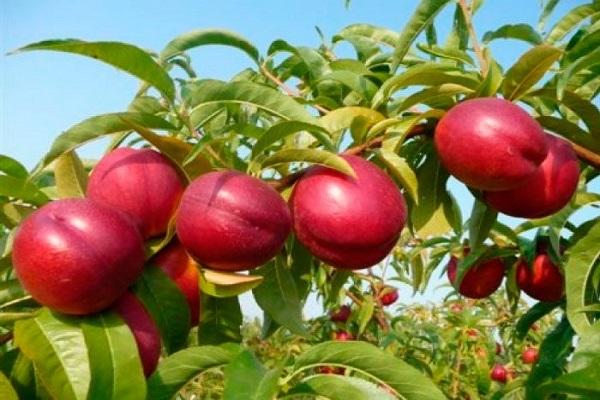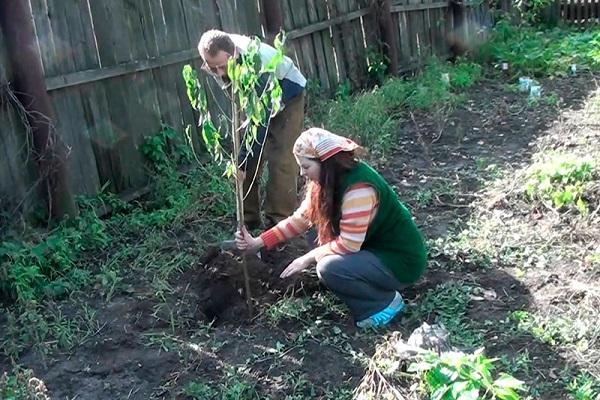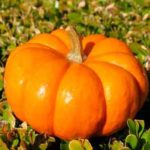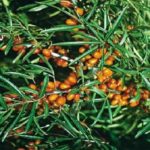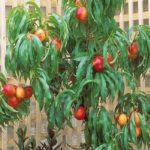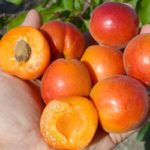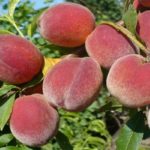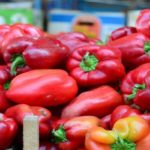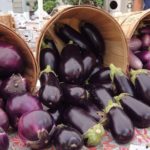Scientists have made great strides in creating nectarine varieties that are characterized by early ripening buds and intensive growth. The result of this work is many varieties of crops, the tasty fruits of which are preserved for a long time, transported over long distances, and attract the attention of gardeners with their beautiful appearance and universal use.
General description of the plant
Nectarine is considered a subspecies of the regular peach. Its fruits are characterized by smooth skin. Its chemical composition, as well as biological characteristics, are similar to peach. But the peach is not as sweet as the nectarine. The fruit is included in the list of dietary products. Mature trees can grow up to 7 m.
The plants are decorated with green leaves that are quite large in size, elongated in shape, and have serrated edges. In spring they bloom profusely with fragrant flowers of white or pink shade. The fruits are spherical and may have red, orange, or yellow skin. Hidden inside is soft, fibrous orange flesh containing a wrinkled, grooved pit. The delicious fruit is juicy and sweet.
Popular varieties
The variety of nectarine varieties is impressive, and their number is constantly increasing. This situation is explained by the growing popularity of the fruit. When choosing nectarine, you need to read the description of the varieties of the crop.
Stark red gold
Mid-late variety. Vigorous trees produce a harvest in August. The fruits are round in the form of a sphere. Their surface is decorated with a dark red blush. The Stark red gold variety is distinguished by large fruits weighing 190-240 g. They love nectarines for the density and juiciness of the pulp, which is colored yellow.
Advantages: transportability, high yield.
Nectarine 4
The variety exhibits early fruiting. Harvesting begins in early August. The fruits are large, weighing 140-160 g, have a dark red color and an oval shape. The pulp is yellow with an orange tint and has a dessert taste.
Pros: resistance to fungal diseases, resistance to frost.
Fantasy
Tree of vigorous growth with early flowering. The harvest takes place at the end of September. Columnar plant no more than 2 m high and crown diameter 0.5 m.Forms beautiful fruits in the shape of a circle. The skin has a yellow color with a golden tint and a blurred carmine blush. The peculiarity of the variety is its juicy pulp, which has a yellow color and a slightly red tint near the skin and near the seed. The weight of the Fantasia fruit varies from 120 to 180 g.
Pros: not afraid of frost and rarely affected by diseases and pests.
Scythian
Variety Skif of medium ripening period. The harvest will be ripe in August. A strong tree up to 10 m in height with a wide pyramidal crown. Oval-round fruits weighing 120-180 g. The skin is yellow, with a red streaked blush decorating more than half of the surface of the fruit. The yellow flesh is dense and fibrous with a sweet and sour taste.
Pros: flower buds are frost-resistant, yield, excellent taste.
Cons: poor disease resistance, average winter hardiness.
Ruby 7
The ripening period for a self-fertile plant is the 3rd ten days of August. A medium-sized tree of the Ruby 7 variety has a reverse-cone-shaped crown. The shiny yellow fruit with a carmine blush, weighing 180 g, attracts attention. The pulp is yellow, has a red tint under the skin and near the small seed. It is distinguished by its juiciness, delicate fibrous texture and balanced taste.
Pros: winter hardiness, drought resistance, transportability, versatility in using the crop.
Cons: weak resistance to diseases and pests.
Crimean
Late species, harvest occurs at the end of summer. Compact trees that form round fruits, weighing 190 g. The skin is medium in density without pubescence. The fruits of the Crimean variety are covered with a blurred blush. The pulp is valued for its yellow color, juiciness, and moderate density.
Pros: transportability, ability to adapt to sudden fluctuations in ambient temperature
Cons: the crop is susceptible to diseases and pests.
Lola
Early ripening Lola from green nectarine varieties. It is a tree up to 5-6 m high, forms a wide-oval, slightly spreading crown. Attracting attention are the wide oval-shaped fruits, weighing up to 100 g, which have a weakly defined ventral suture. Dense, thick green skin with a creamy tint and a dark red blush. The kernel of the stone is difficult to separate from the pulp.
Advantages: self-fertility, ability to withstand the effects of the external environment in winter.
Disadvantages: susceptible to fruit rot, powdery mildew.
Favorite
The Ukrainian mid-season variety is a medium-height tree with a spreading crown. Pleases with flowering at the end of April. Harvest occurs in mid-August. Yellow-cream fruit with a light pink blush, weighing 150-180 g. The yellow pulp is juicy, has noticeable sourness and is covered with a dense, moderately thick skin.
Pros: attractive large fruits, resistance to fungal diseases, tolerance to winter frosts, transportability.
Stark Sanglo
A variety with an average ripening period - mid-August. A plant of moderate growth vigor, not very densely growing branches, forming a rounded pyramidal crown. The fruits are large in size, weighing 160-170 g. The shape is spherical, slightly asymmetrical. The skin is thin, yellow-orange in color with a red blush that adorns half of the fruit. Balanced taste with slight sourness.
Advantages: resistance to major diseases and frost.
Disadvantages: poor transportability due to delicate texture.
Crimson gold
Crimson gold variety with an early ripening period. Harvests in mid-July. Nectarine weighing 120-130 g, round, yellow in color, with a bright crimson blush.The pulp is yellow-orange in color, juicy, and has excellent taste.
Pros: early pregnancy, productivity.
Cons: self-sterile, needs pollinators.
Big Top
The ripening period is the last days of July. The Big Top tree is slightly spreading, up to 2 m high. The crop is decorated with dark green leaves, and in early April, during the flowering period, large pink flowers. The fruit is round in shape, slightly flattened, weighing 200 g. A red blush covers the entire surface of the orange skin. The pulp is yellow, dense, hard and has a sweet, honey-like aroma and a pleasant taste.
Advantages: high-yielding crop, undemanding in care, suitable for commercial cultivation.
Wang 3
Medium ripening crop - second half of July. Trees of moderate growth, early fruiting. Nectarine is round and red with a yellow tint. The weight of the fruit is 150-190 g. The yellow flesh delights with its juiciness and crispness.
Pros: winter hardiness, transportability, productivity.
Erythrocarpa
The late variety is a tree up to 3.5 m with a spreading crown. The fruits, weighing up to 150 g, are round in shape and pink-red in color. The pulp is ruby red in color with a pleasant, slightly vanilla taste.
Pros: transportability, good taste, attractive appearance, not afraid of frost and disease.
Super Queen
An early variety, the harvest can be harvested in the last ten days of July. The trees are characterized by intensive growth and productivity. Large fruits weighing 180-220 g are covered with dark red skin. The pulp is yellow in color and is characterized by sweetness, juiciness and aroma. There is a well-separable bone inside. The taste of the Super Queen variety is balanced.
Pros: industrial grade, not afraid of curling, copes with severe frosts, unpretentious in care.
Harko
Middle late type of culture. Tree up to 3 m in height. The round fruits of Harko weighing 130 g have a yellow tint and a carmine blush. The pulp is yellow, endowed with juiciness, fleshiness and a harmonious sweet taste.
Advantages: winter hardiness, self-pollinating.
Sun Glow
Pleased with the harvest in mid-summer. The tree is medium in size, produces nectarines weighing up to 150 g. The skin is red-pink with yellow spots. The pulp is valued for its juiciness, elasticity and fibrous structure.
Pros: nectarines can be easily transported, have a marketable appearance, are universal in use, and resist diseases.
Spokes
Medium-late fruiting period, bestows harvest in early autumn. The Spokes tree is self-fertile. Nectarine is large in size, weighing 160-200 g, the fruits are yellow in color with a ruddy red side, elongated in shape. A special feature of this variety is its smooth skin. Gardeners prefer this variety because of its yellow, juicy flesh and sweet-sour taste.
Advantages: drought resistance, frost resistance.
Crimean
Early maturing culture. The plant, up to 3 m high, forms a spherical spreading crown. Fruits of the Crimean variety are round and wide-oval, weighing from 110 to 160 g. The skin is of moderate thickness, yellow in color with a carmine blush. The pulp is yellow in color, which is popular due to its juiciness, dense fibrous consistency and balanced taste.
Pros: transportability, not susceptible to disease, early ripening.
Silver rum
The early ripening variety of the Silver Roma crop ripens in mid-July. The tree is of medium height. Nectarine weighing up to 150 g, with burgundy skin color.The pulp is white, with a sweet taste. The bone does not come off.
Pros: not affected by diseases.
Cons: average winter hardiness.
Honey sweetness
An extra-early variety, the harvest will ripen at the end of June. Plant of intensive growth, slightly spreading. Round fruits weighing up to 200 g are covered with cherry skin, which differs in density. The pulp is pink, turns red closer to the seed, and has a honey, sweet and sour taste.
Positive aspects: high yield, low maintenance requirements.
Planting and caring for nectarines
For successful cultivation, planting should be carried out correctly, which consists of the following steps:
- Make holes and fill them with humus or compost with the addition of fertilizers based on nitrogen, potassium and phosphorus. Mix all components with the top layer of fertile soil and form a hill at the bottom of the hole.
- Drive a peg into the center for secure support.
- Straighten the roots of the seedling and distribute it along the sides of the hill, then cover it with a layer of soil, thoroughly compacting the soil.
- Water the soil, mulch with a 5-10 cm layer of sawdust and peat and tie it to a stake.
Care includes carrying out measures aimed at ensuring the survival of the tree after planting and creating comfortable conditions for growth. This requires:
- organize proper watering, especially during the period of maximum growth and formation of fruits;
- provide nectarine with nutrients by applying complex mineral and organic fertilizers over the entire root area;
- carry out pruning in order to rejuvenate the plant and stimulate the growth of new shoots;
- regularly inspect the plant for signs of diseases and pests and, if problems are detected, promptly take appropriate measures to combat them;
- protect plants for the winter by covering them with special material that allows air to pass through.
Caring for nectarines is not difficult and even a novice gardener who wants to grow one can do it.
If you choose the right variety and take into account all the nuances of planting and important care points, heat-loving, demanding trees will delight you for a long time with the beauty of their flowering and a rich harvest of sweet fruits.

